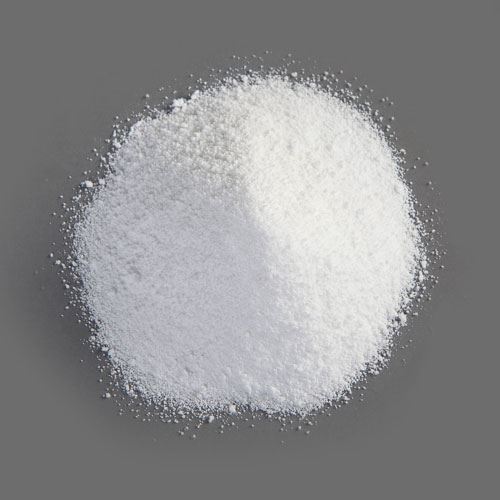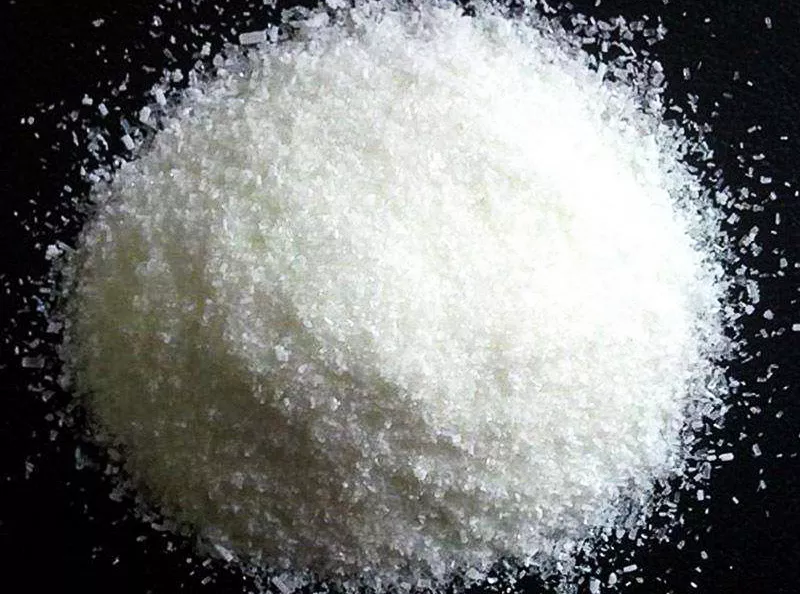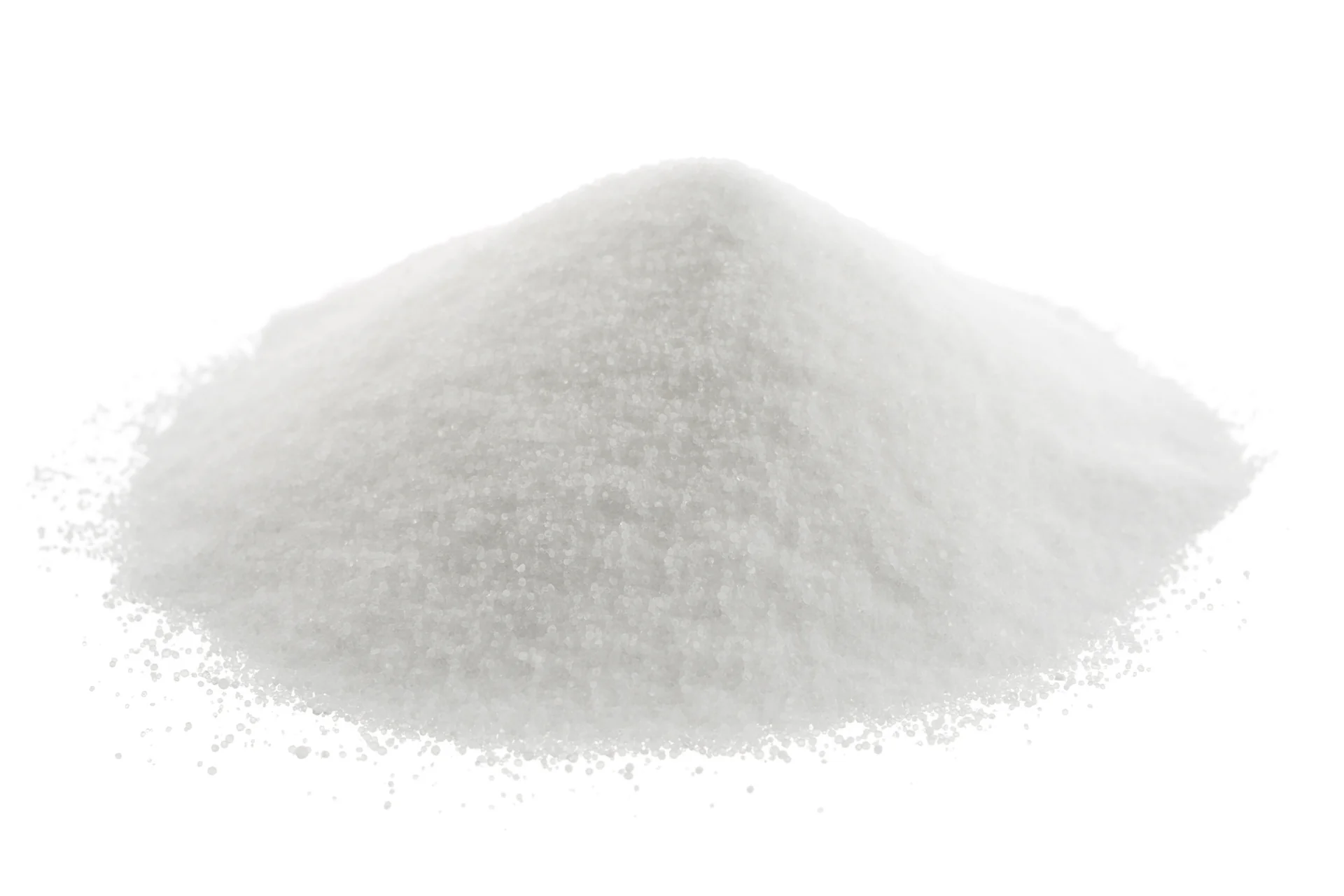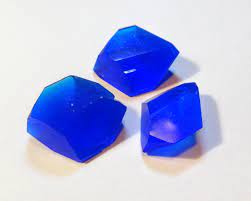Description
Decoding Sodium Phosphate: From Everyday Uses to Potential Concerns
Sodium phosphate, a seemingly simple compound, plays a surprising role in our everyday lives, from the food we eat to the medicines we take. While generally recognized as safe (GRAS) in certain applications, understanding its properties, uses, and potential concerns is crucial for informed consumption and responsible application.
What is Sodium Phosphate?
Sodium phosphate is a generic term encompassing various salts formed by combining sodium and phosphoric acid. These salts exist in different forms, including monobasic, dibasic, and tribasic, each with unique properties and applications. Chemically, they are inorganic compounds, meaning they don’t contain carbon-hydrogen bonds.
A Versatile Compound: Common Uses of Sodium Phosphate
The versatility of sodium phosphate stems from its ability to act as a buffering agent, emulsifier, stabilizer, and cleansing agent. This leads to a wide range of applications:
- Food Industry: Sodium phosphate is widely used in food processing. It acts as a:
- Buffering agent: Maintains desired pH levels in processed foods, preventing spoilage and maintaining texture.
- Emulsifier: Helps blend oil and water-based ingredients in products like processed cheeses, sauces, and ice cream.
- Stabilizer: Prevents discoloration and maintains the desired consistency in foods like processed meats.
- Humectant: Retains moisture in processed meats and baked goods, extending shelf life.
- Examples of foods containing sodium phosphate include processed cheeses, bacon, sausages, canned goods, and baked goods.
- Pharmaceuticals: Sodium phosphate is employed in various medicinal applications:
- Laxatives: Certain sodium phosphate formulations are used as saline laxatives to cleanse the bowel before medical procedures.
- Enemas: Used to relieve constipation.
- Oral solutions: Used to treat low phosphate levels in the blood (hypophosphatemia).
- Pharmaceutical excipient: Added to drug formulations to improve stability and bioavailability.
- Household Products: You might find sodium phosphate in:
- Detergents: Acts as a water softener and cleaning agent, although its use in detergents has been significantly reduced due to environmental concerns related to phosphate pollution.
- Cleaning products: Can be found in some specialized cleaning solutions.
- Industrial Applications: Sodium phosphate has uses in:
- Water treatment: Used to prevent scale formation in pipes and boilers.
- Textile industry: Used as a mordant in dyeing processes.
Potential Concerns and Considerations
While generally considered safe when used as directed, excessive consumption of sodium phosphate can lead to potential health concerns:
- Electrolyte Imbalance: High intake can disrupt electrolyte balance, particularly sodium and phosphate levels. This can lead to nausea, vomiting, muscle cramps, and even seizures in severe cases.
- Kidney Issues: Excessive phosphate intake can strain the kidneys, potentially exacerbating existing kidney conditions or contributing to the development of kidney stones.
- Cardiovascular Risks: Some studies suggest a link between high phosphate levels and increased risk of cardiovascular disease. More research is needed to confirm this association.
- Allergic Reactions: Although rare, some individuals may experience allergic reactions to sodium phosphate, manifesting as skin rashes, hives, or difficulty breathing.
Who Should Be Cautious?
Certain individuals should exercise caution when consuming products containing sodium phosphate:
- People with Kidney Disease: Their kidneys may not efficiently remove excess phosphate, leading to accumulation in the blood.
- People with Heart Conditions: Due to potential links between high phosphate levels and cardiovascular risks.
- People with Electrolyte Imbalances: Excessive sodium phosphate can further disrupt electrolyte balance.
- Individuals on Low-Sodium Diets: Sodium phosphate contributes to overall sodium intake.
Making Informed Choices
Understanding the presence of sodium phosphate in various products empowers you to make informed choices. Here are some tips:
- Read Labels Carefully: Pay attention to ingredient lists on food and beverage products.
- Limit Processed Food Intake: Processed foods often contain higher levels of sodium phosphate.
- Consult with a Healthcare Professional: If you have any concerns or underlying health conditions, consult your doctor or a registered dietitian to discuss your sodium phosphate intake.
- Consider Alternatives: Explore natural or less processed food options whenever possible.
Conclusion
Sodium phosphate is a versatile compound with a wide range of applications, contributing to the preservation, texture, and stability of many products we use daily. However, understanding its potential effects on health, particularly electrolyte balance and kidney function, is crucial. By reading labels, limiting processed food intake, and consulting with healthcare professionals when needed, we can make informed choices regarding our sodium phosphate consumption and maintain a balanced approach to nutrition and well-being.












Reviews
There are no reviews yet.